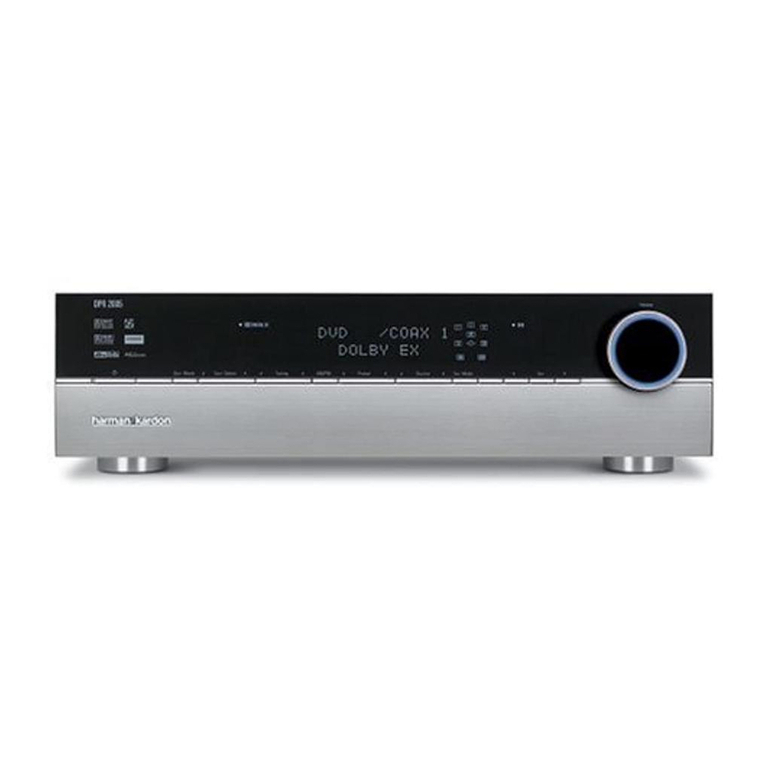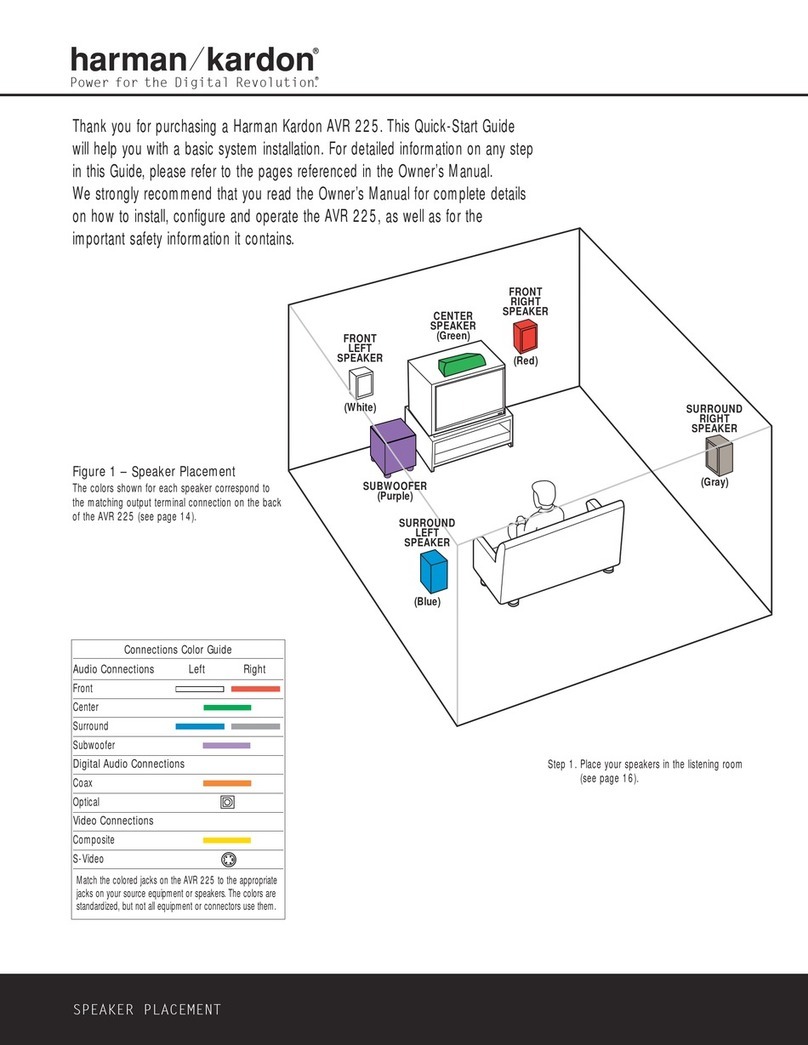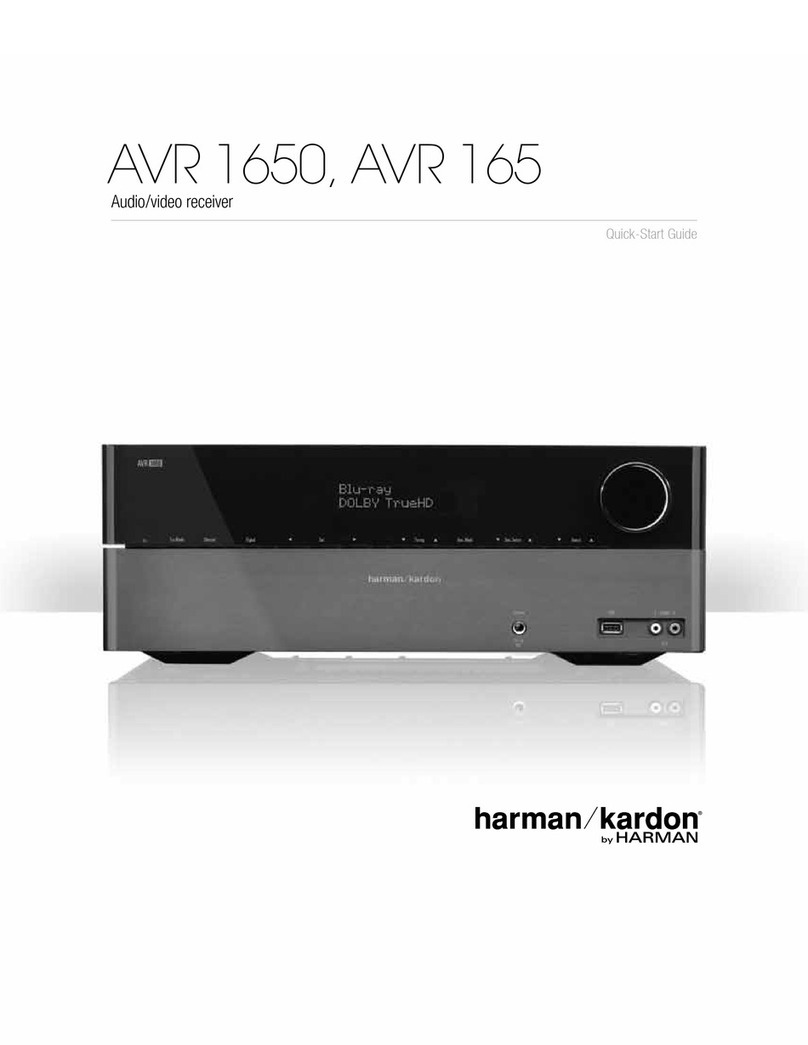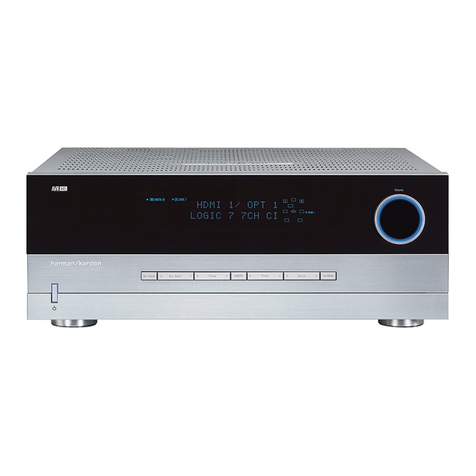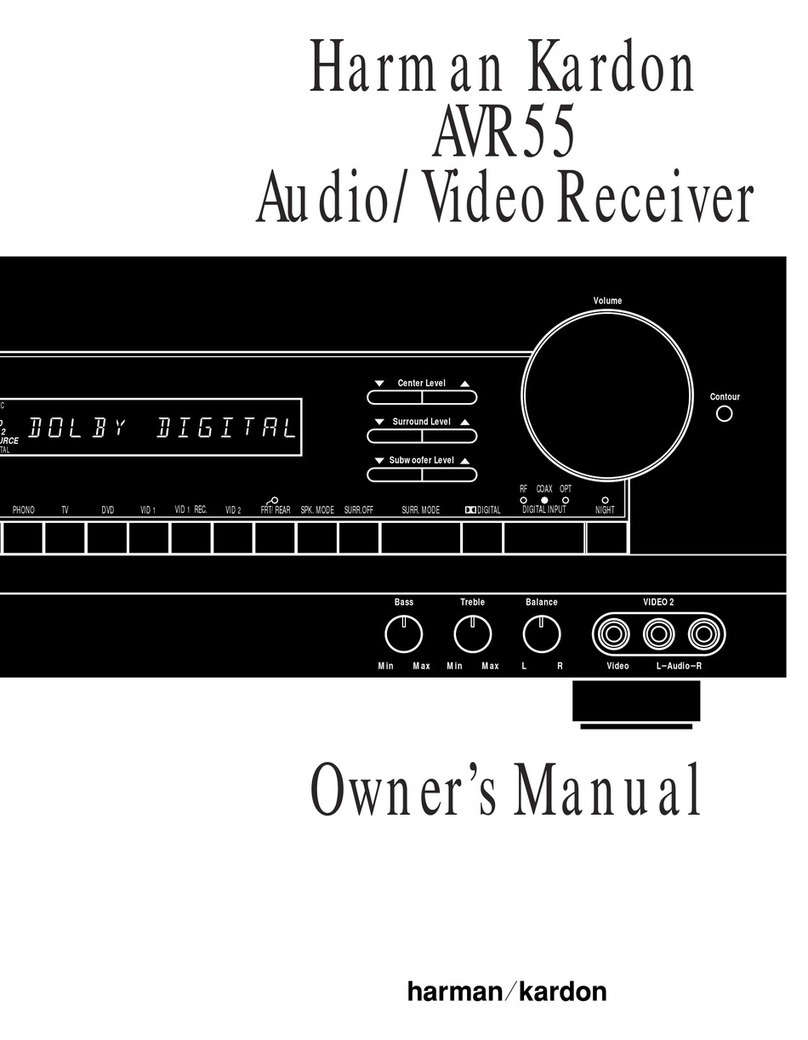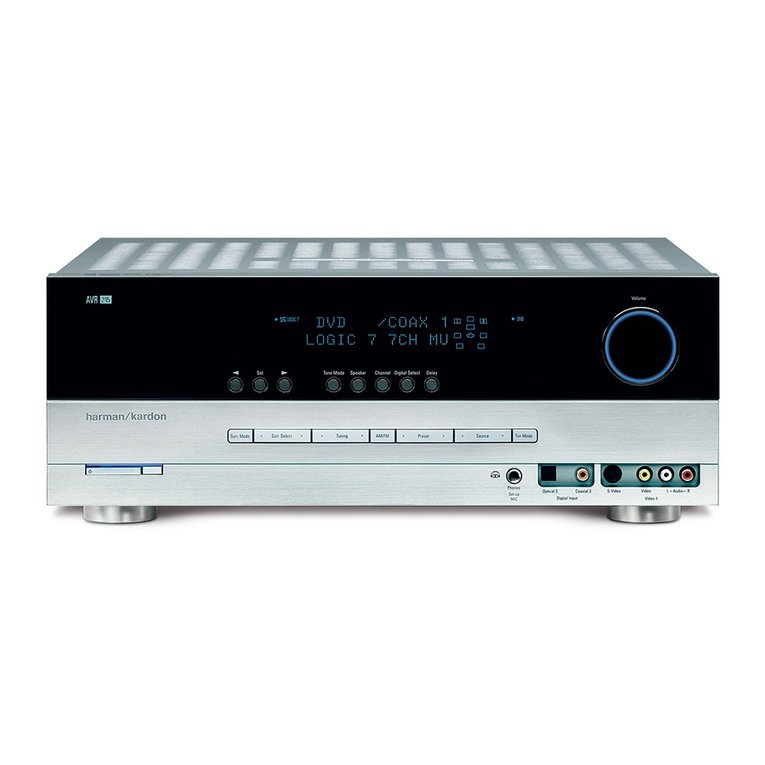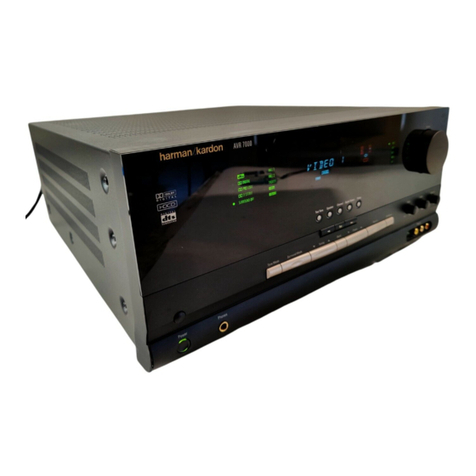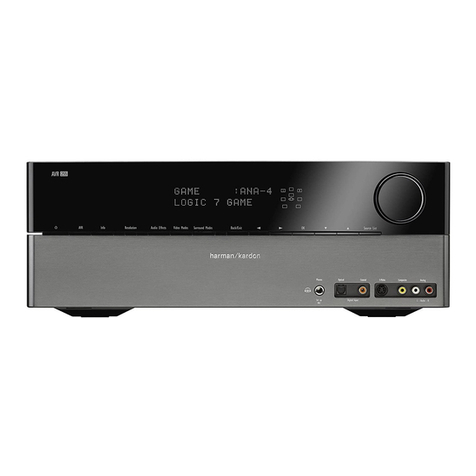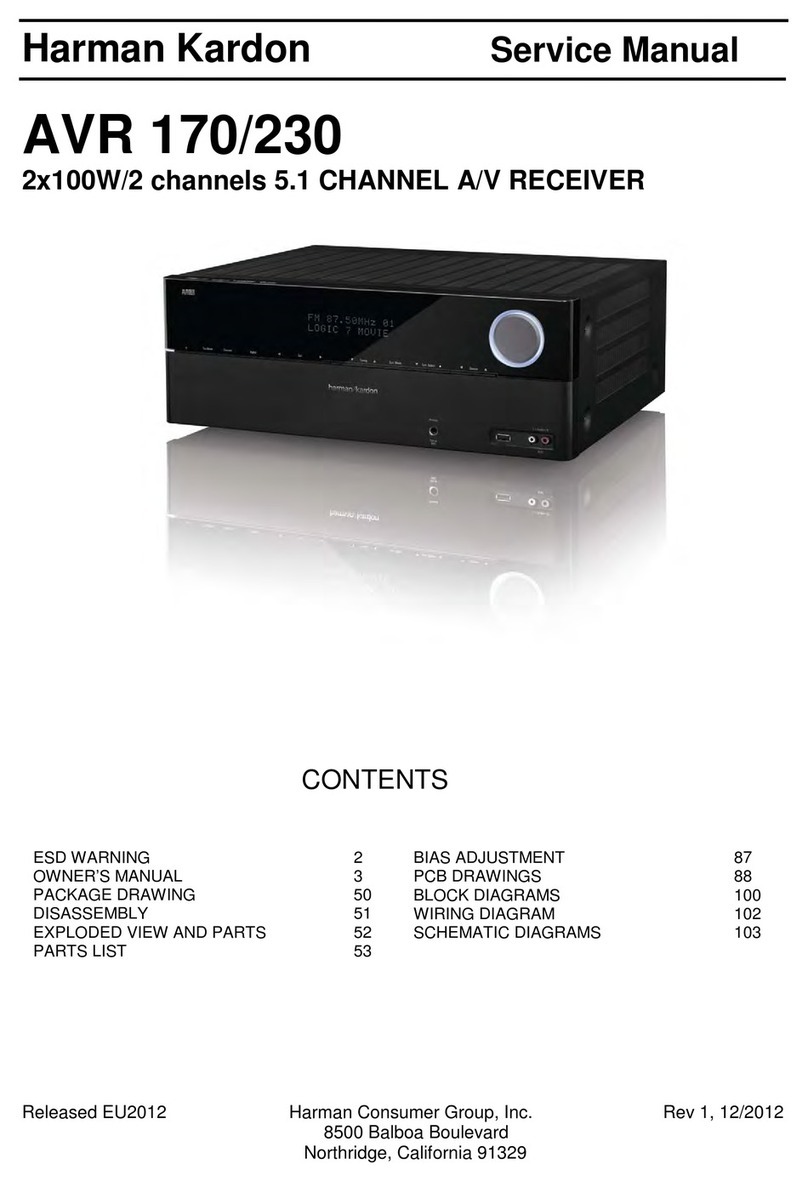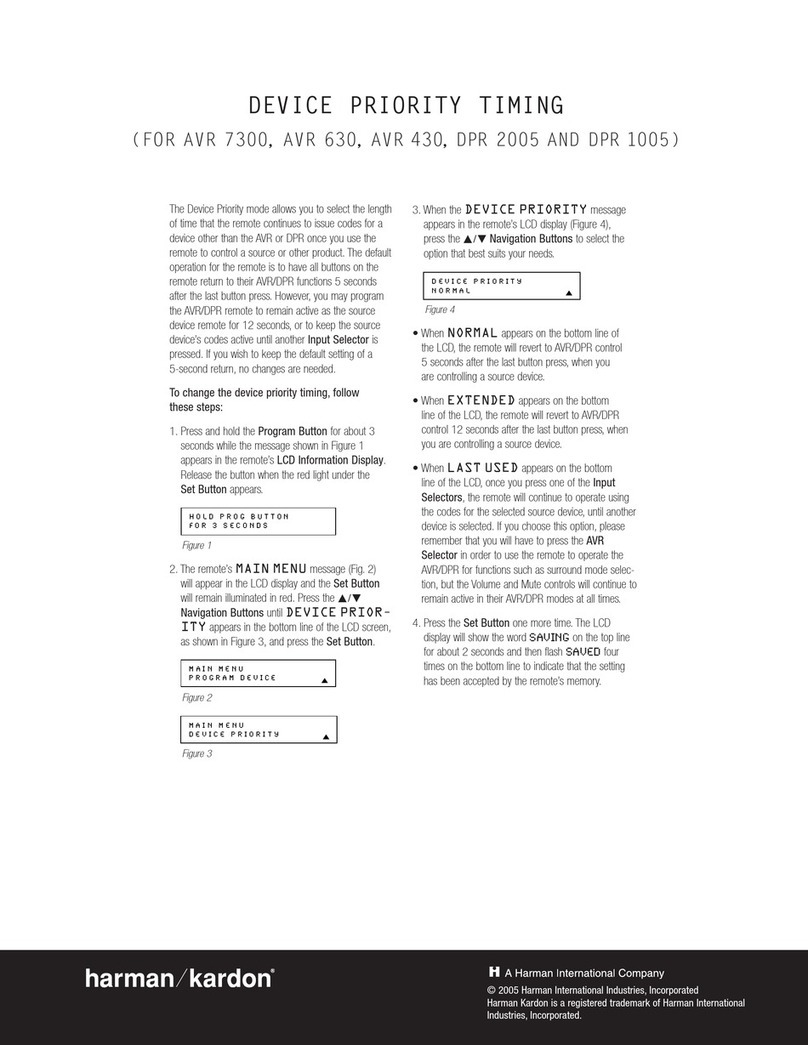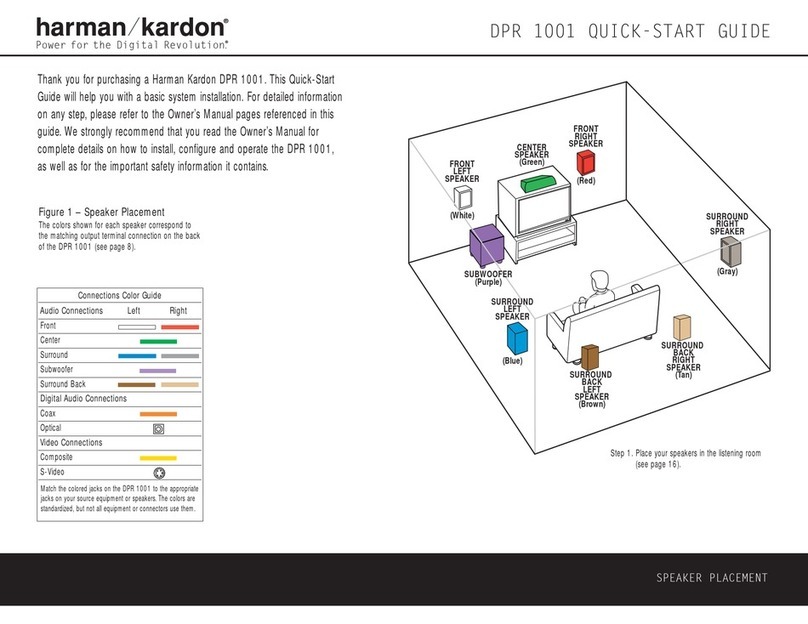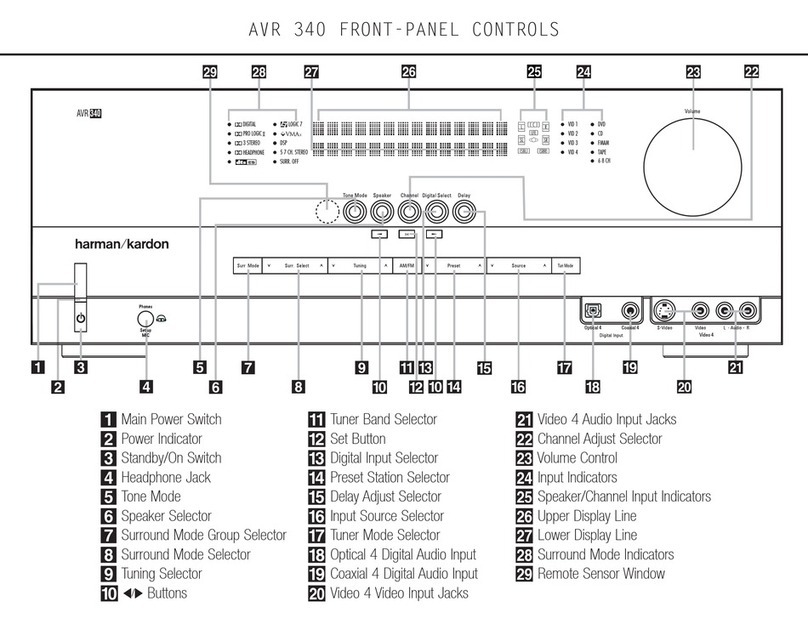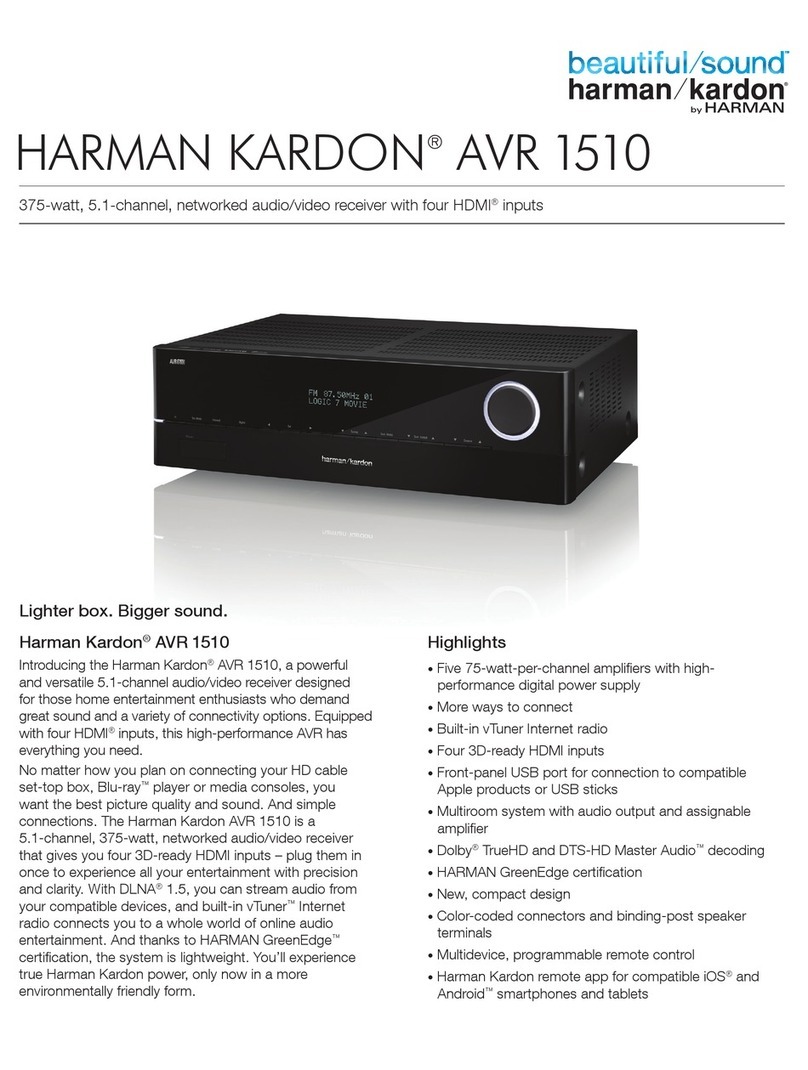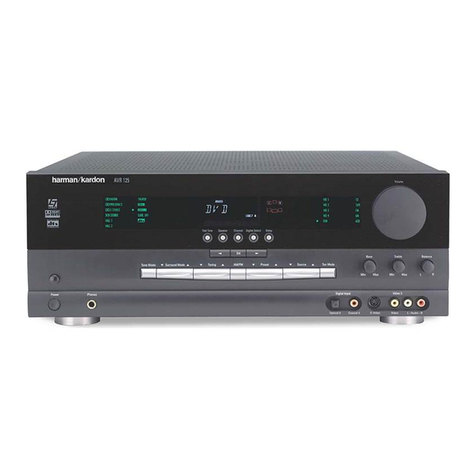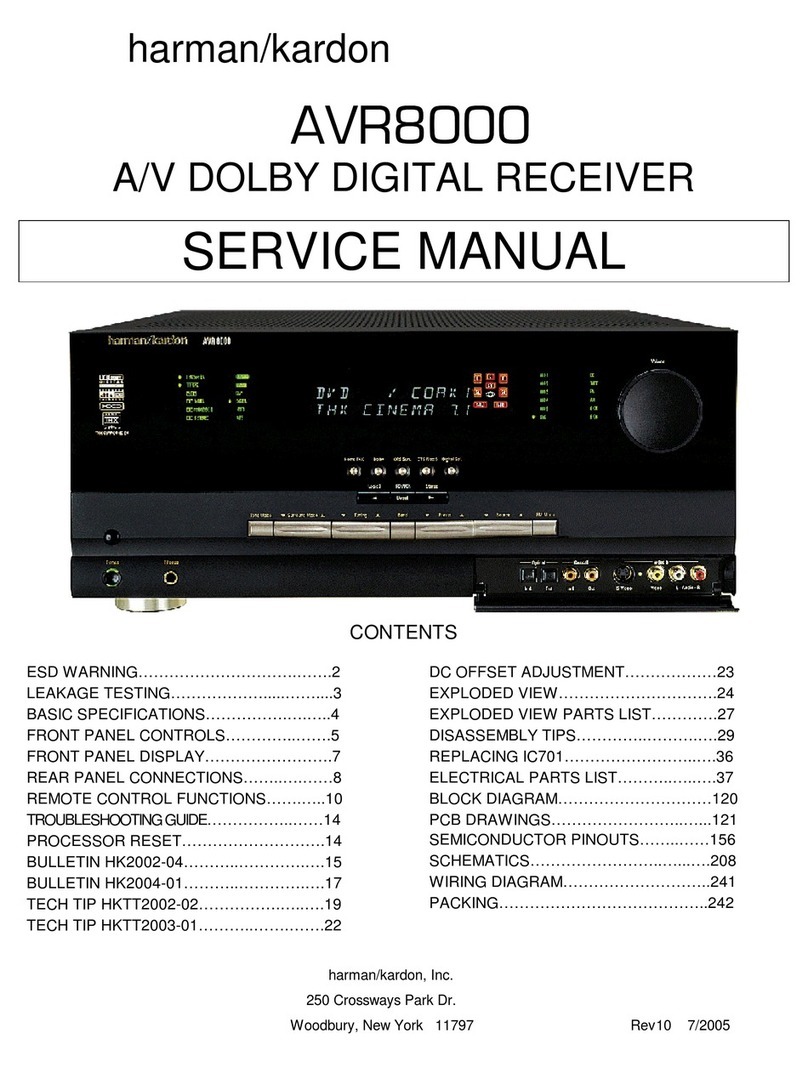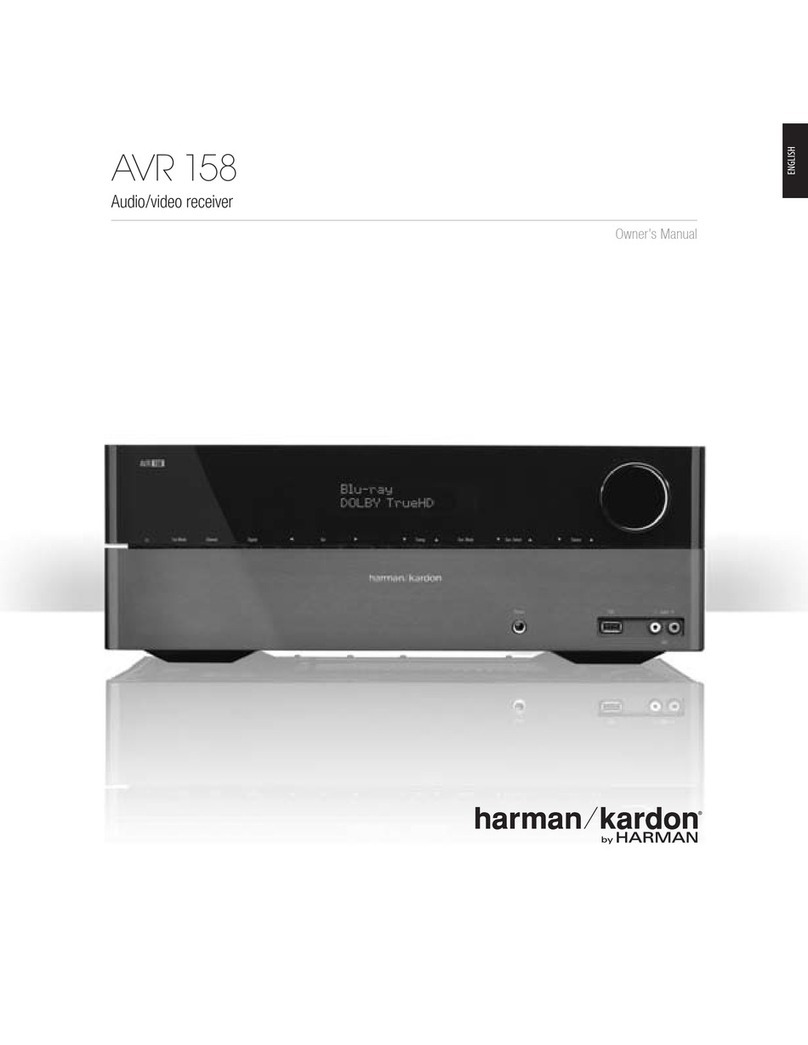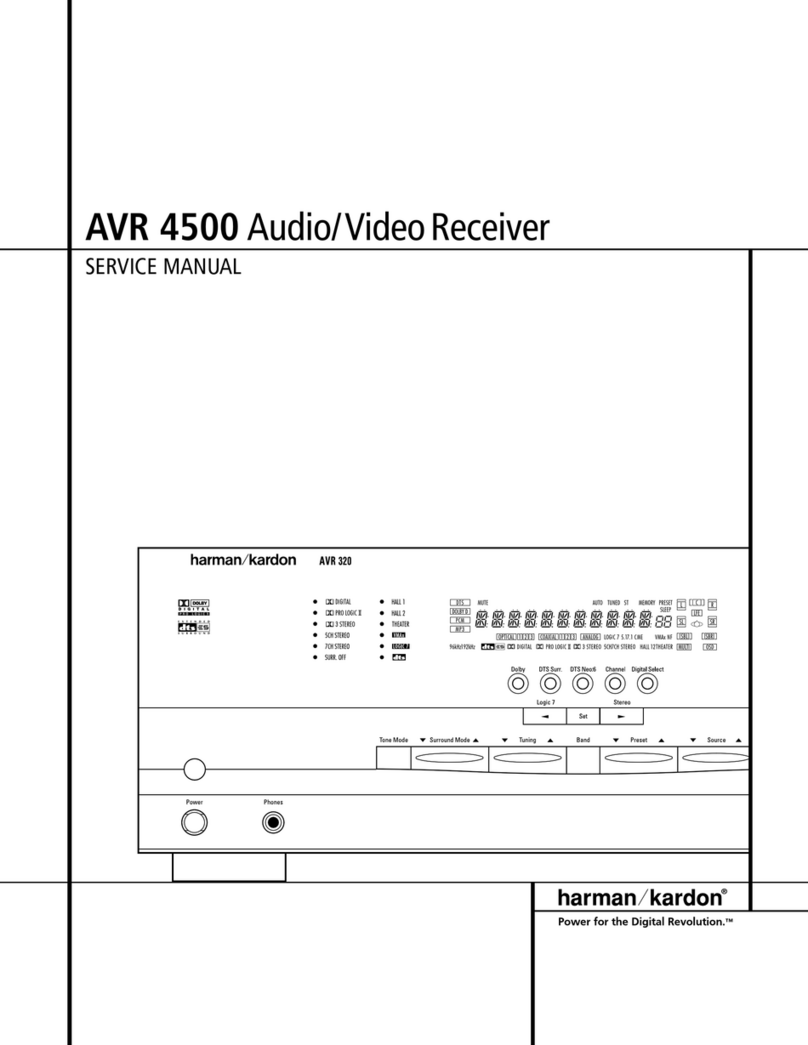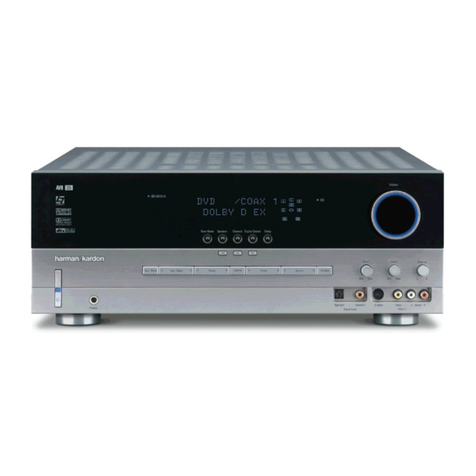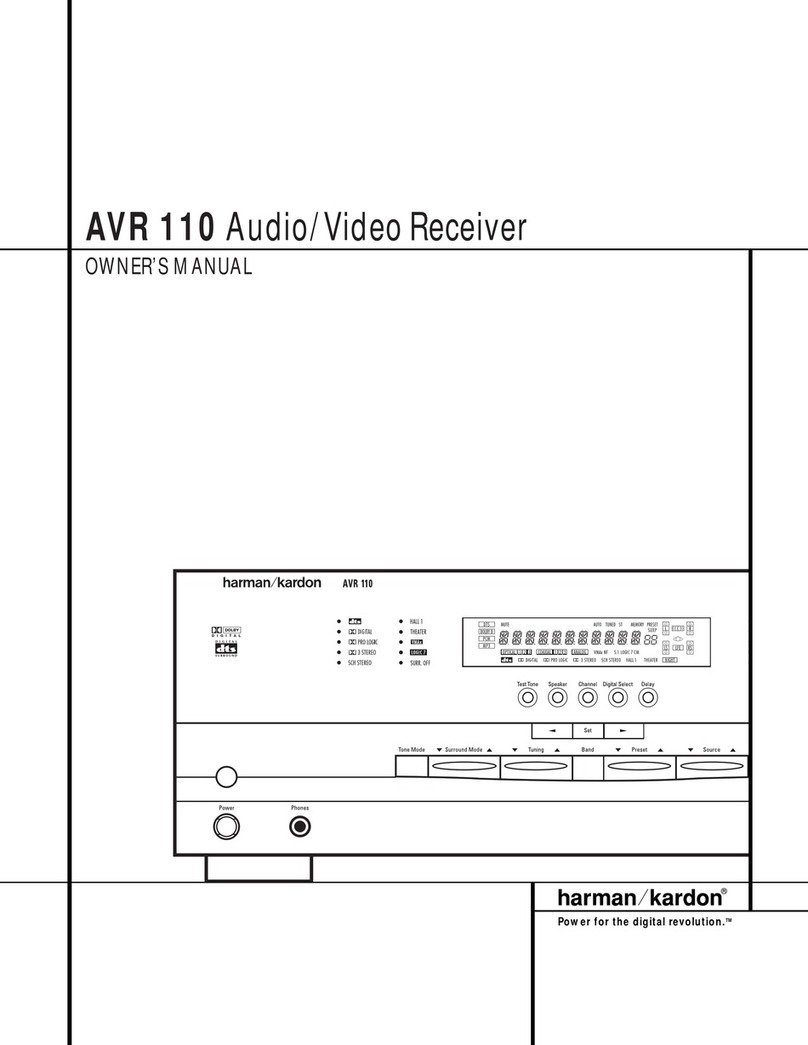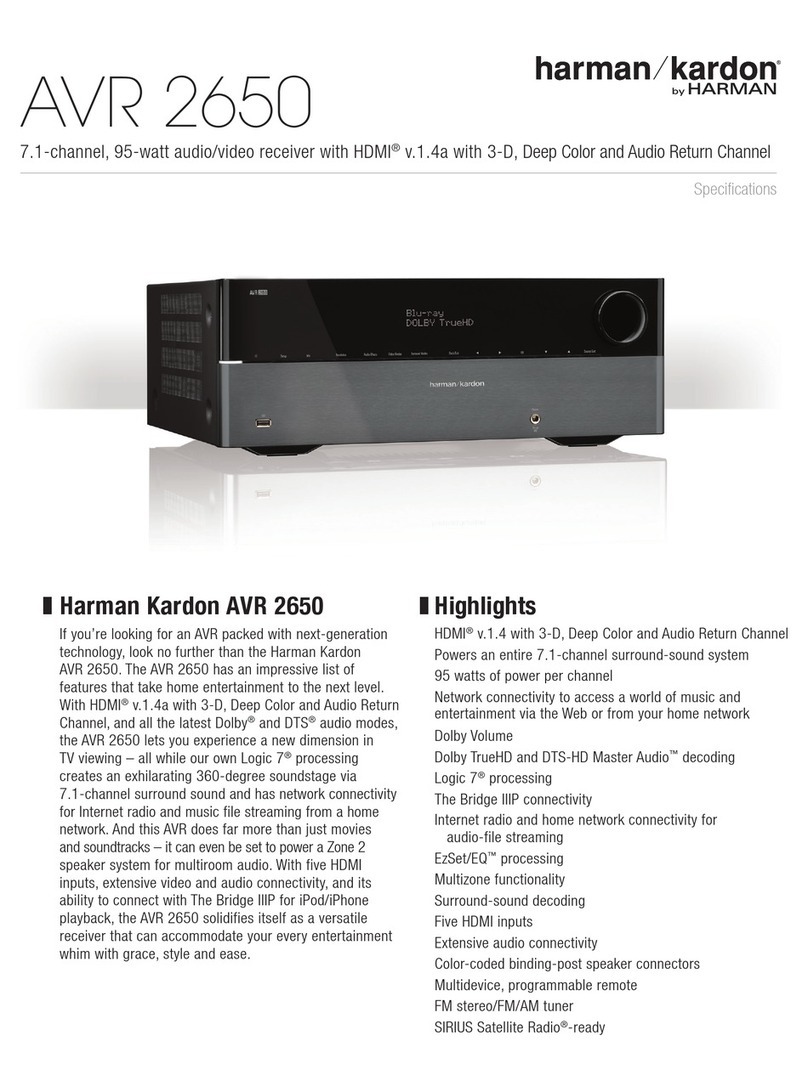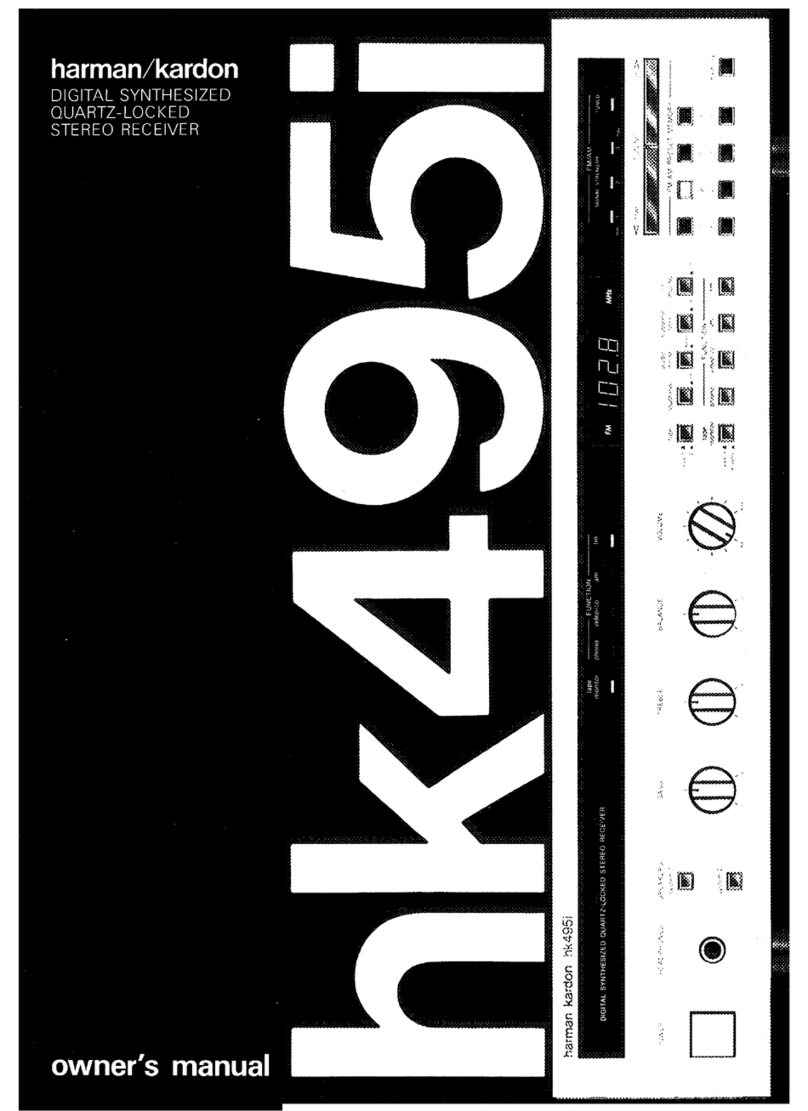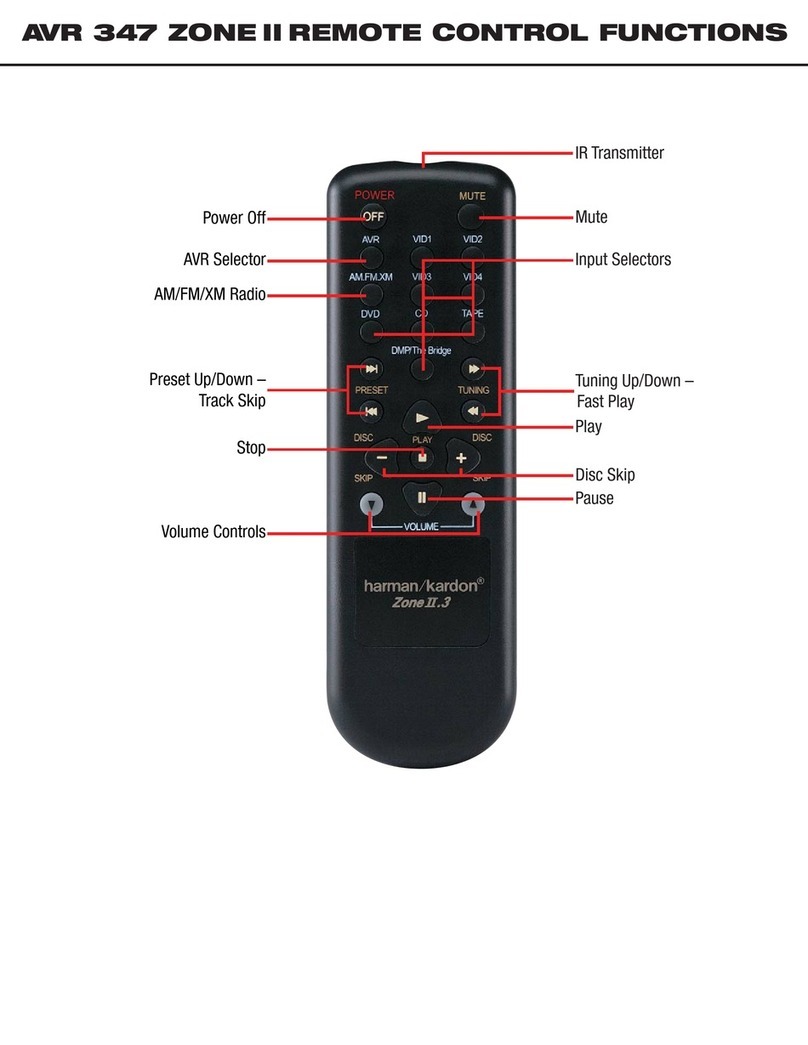
INTRODUCTION
You
are
now the owner
of
an
instrument unique
in
concept and design.
The Harman/Kardon Model
900
+ multichannel receiver encompasses the
best
of
all forms
of
music reproduction.
It
may
be
installed as a stereophonic re-
ceiver
capable
of
delivering clean, articulate sound
at
moderate
power levels,
or
as a quadriphonic receiver
that
con
fill
your listening room with spacious,
three dimensional sound.
When
you listen to your new
Harman/Kardon
multichannel receiver you
will
instantly recognize that something truly phenomenal
is
toking place. The
sound, which normally
em
erges from the
speaker
boxes,
will
lose its
boundaries
and
will
emanat
e fram all over the room recreating the scope, depth
and
breadth
of
the concert hall. The walls
of
your listening room
will
seem to dis-
appear
and
you
will
find yourself surrounded by a sound field that hos the
some ambience ond spaciousness which marks a live performance. Stereo-
phonic
balance
and
perspective
will
be
retained,
but now there
will
be
the
addition
of
depth which
will
proiect you into the middle
of
the hall. Applause,
for
example,
will
emerge
from
the
front, sides
and
rear. And during
playback
of
a live concert
don't
be
too startled if you
hear
someone coughing
or
rustling
his
program
from
behind
you.
The
4-channel medium
is
even more dramatic
for
contemporary music, espe-
cially
if
the music
was
originally written for four channel reproduction. Sounds
bounce back
and
forth from the corners
of
the
room involving you completely
with
the
performance. It's a new
and
exhilarating kind'
of
sound
that
will
make
listening to
music
a
new
experience.
The
900
+
bears
the
heritage
of
the
Harman/Kardon
trademark
-ultra-
wideband
frequency response, virtually immeasurable distortion
and
all
of
the required conveniences so essential for the ultimate enjoyment
of
high
fidelity reproduction.
We
urge you
to
read
this manual carefully prior to installing
and
operat-
ing your receiver. The
900
+
is
not a complicated instr,ument. However, there
are
certain aspects
of
its
operation
which should
be
understood clearly
before
you install
and
operate
it.
Happy
listening!
WARRANTY
and
SERVICE
POLICY
POLICY
We
warrant
this receiver
to
be
free
from defects
in
material
and
work-
mo:nship
under
normal
use
ond service, ond
in
accordance wi
!'h
the conditions
set
forth below. Should o
defect
occur within
the
period
specified,
and
pro-
vided
that
the
unit
is
returned
to
either HARMAN/KARDON
or
er. authorized
HARMAN/KARDON
warranty
station, transportation
prepaid,
cmd which
our
exominotior, shall disclose
to
our
satisfaction to
be
defect:ve,
we
will, for o
period
of
!wo
(2)
years
from
dote
of
purchase, either
replace
or
repo:r
and
install
any
defect
ive ports
of
the receiver free
of
charge.
EXCEPTIONS
This warronty
does
not
include
any
obligotion as
to,
o)
repair
or
replacement
of
the
wooden
enclosure
due
to
damage
:ncurred
ofter
initial delivery.
b) transportation
charges
to
and
from the factory
or
on
authorized
warranty
station.
REGISTRATION
To
obtain
service
under
the
terms
of
this policy,
it
is necessary for you
to
retain your ORIGINAL
B!lL
of
SALE.
The enclosed registration cord
will
NOT
be
considered
proof
of
purchase.
In
the
event
your equipment requires service during
the
warranty period,
only presentation
of
your original bill
of
so!e to
either
o factory-authorized
repair
agency
er
the
factory itself will insure your rights under
the
policy
as
outlined
in
this manool.
This
warranty
is
not
applicable
to
any
:nstrument which shall
have
been
repaired
or
altered
in
any
wcy
so
as, ,n
our
iudgment, to
affect
its stability
or
reliability
or
has
been
subiect
to
neglect, misuse, negligence,
or
accident;
or
which
has
had
t!>e
serial number
altered,
effaced
or
removed. Neither shall
this worran!y
apply
to
any
instrument which hos
been
connected
other
than
in
accordance
with instructions fornished
by
us.
SERVICE
HARMAN/KARDON
has
o special c<Jstomer service division
to
answer all
questions pertinent to
the
instollotion
and
operation
of
your unit. Please feel
free
to
write to
us
at
any
time
and
we
shall
endeavor
to
offer
prompt
and
complete
advice.
If your prob!em
cannot
be
resolved through our
combined
efforts,
we
may
wish
to
refer
you to o local authorized
repo:r
agency,
or
we
may
prefer
to
Ol.lthorize the return
of
your
<Jnit
to
the factory.
In
the
event
it must
be
returned,
en
authori:::ation form
end
proper
packing instructions
wjfl
be
forwarded
to
you.
This
author,zotion form
MUST
BE
RETURNED
with your unit.
UNDER
NO
CIRCUMSTANCES
SHOULD
YOUR
UNIT
BE
SHIPPED
TO
THE
FACTORY
WITHOUT
PRlOR
AUTHORIZATION.
This
warranty
is
in
lieu
of
all
other
warranties,
expressed
or
implied, or.d
of
all
ether
obligations
or
liabilities on our port,
and
we neither assume nor
authorize
any
representative
or
other
person
to
assume for
us
any
other
liability
in connection with t
he
sole
of
this instrument.

